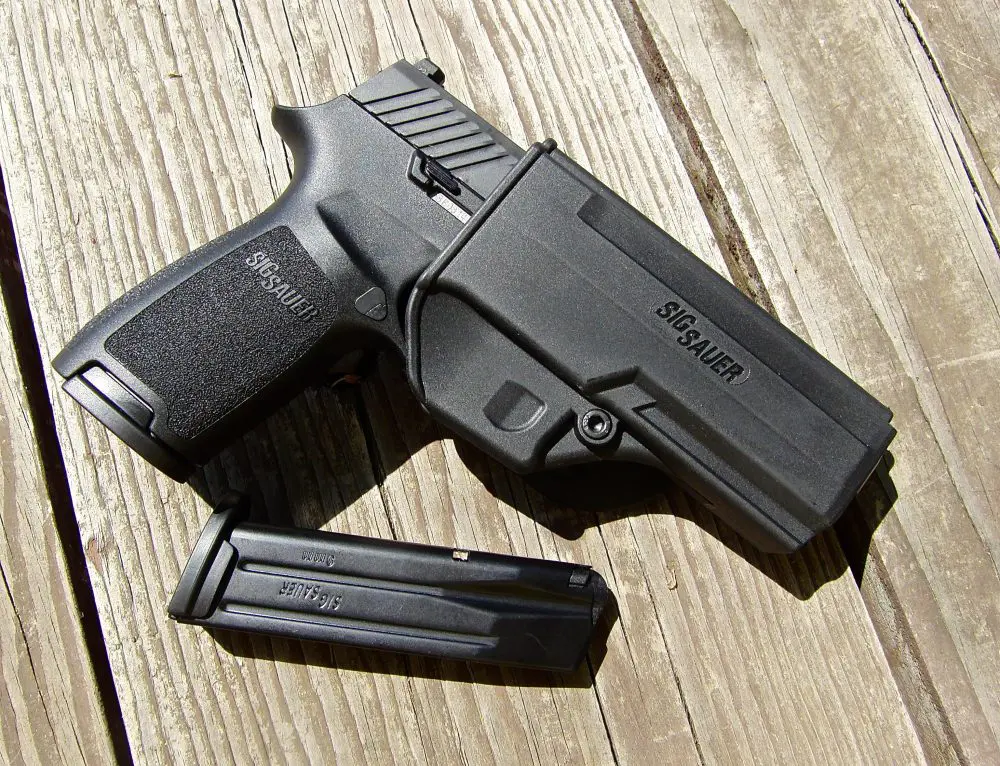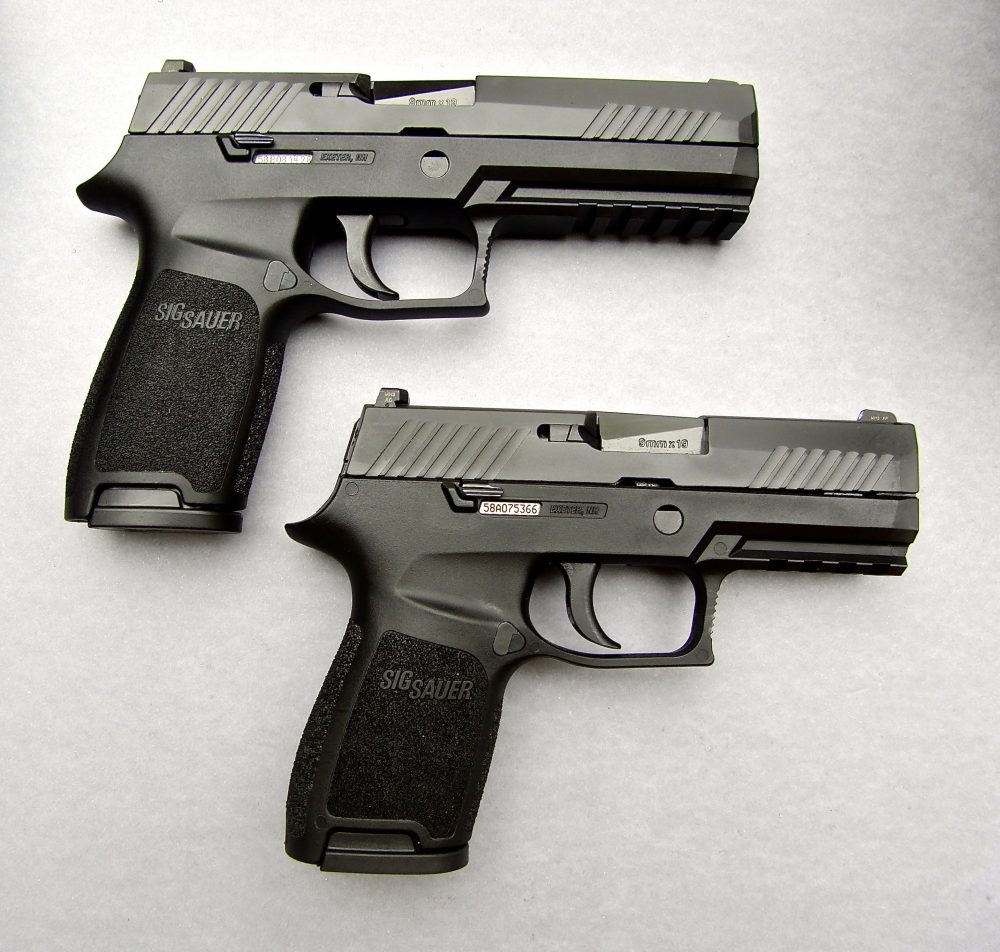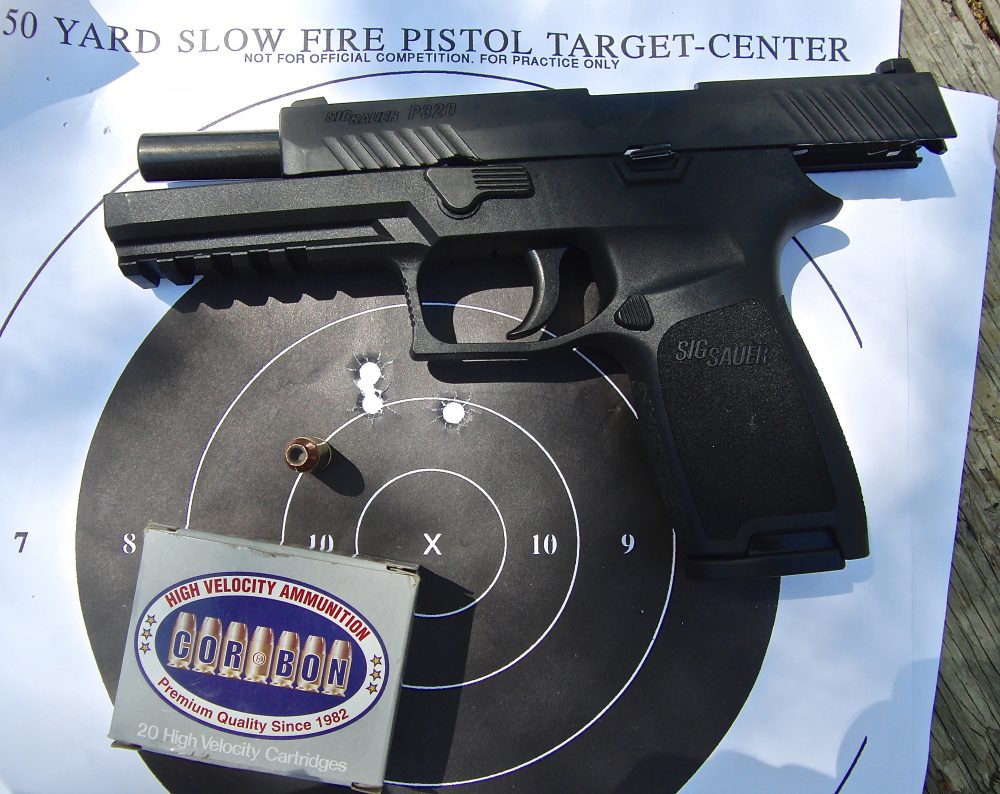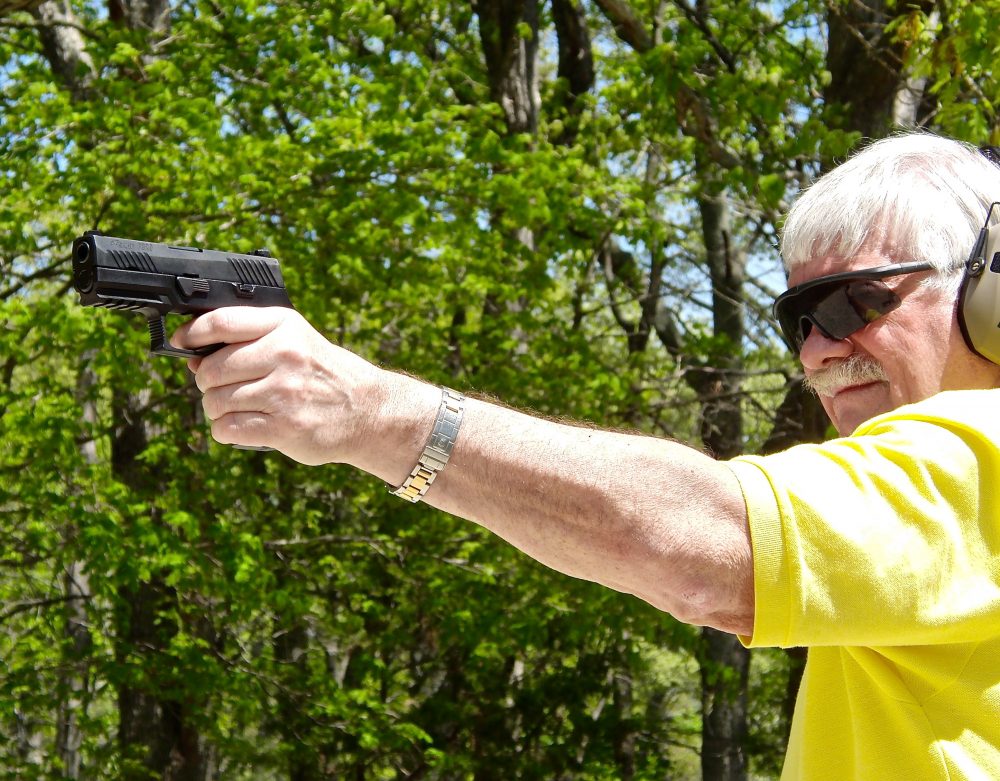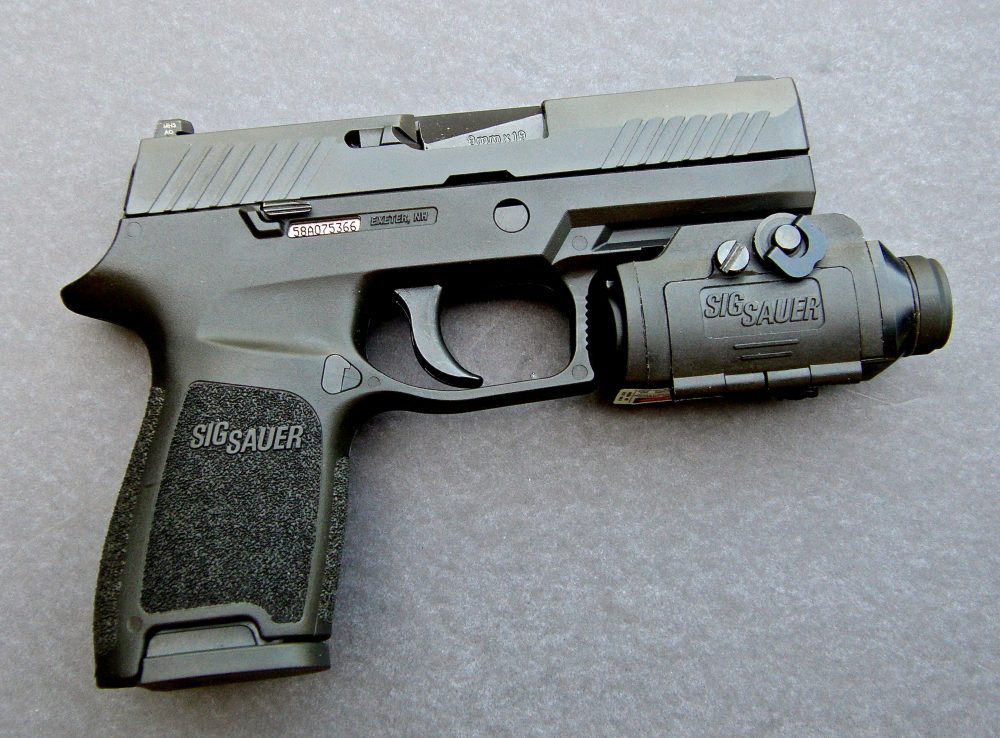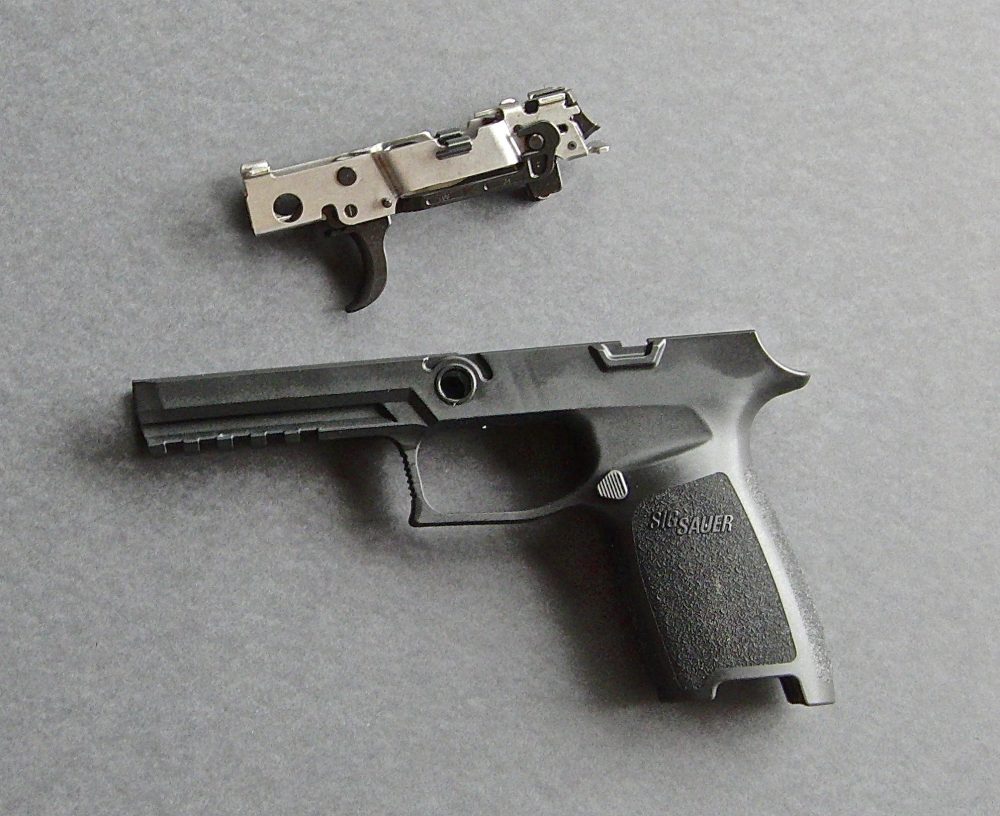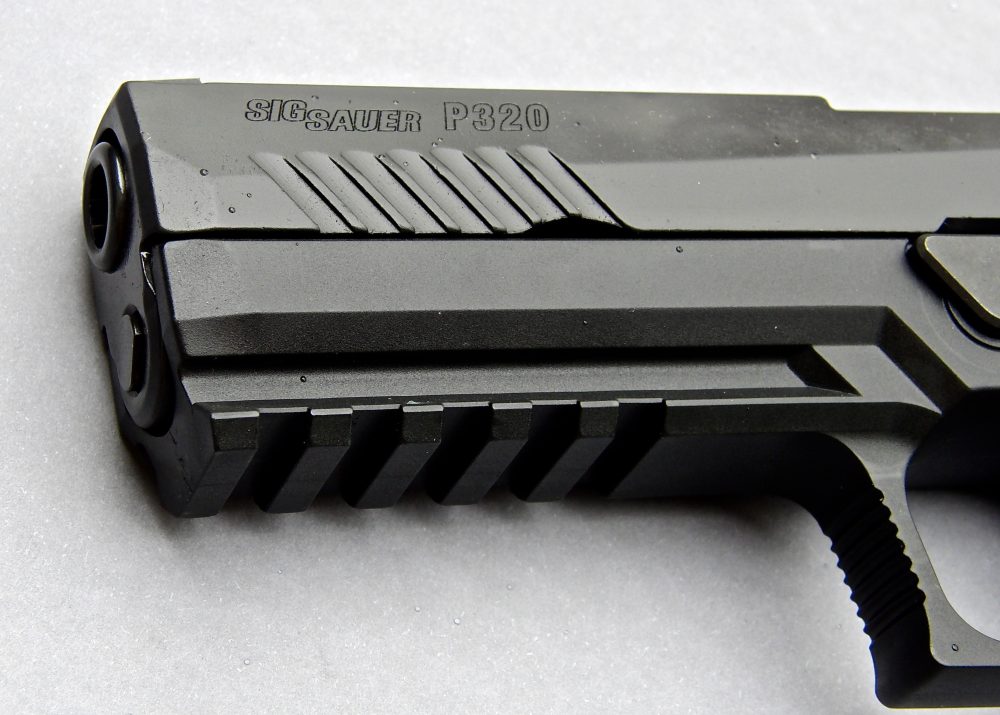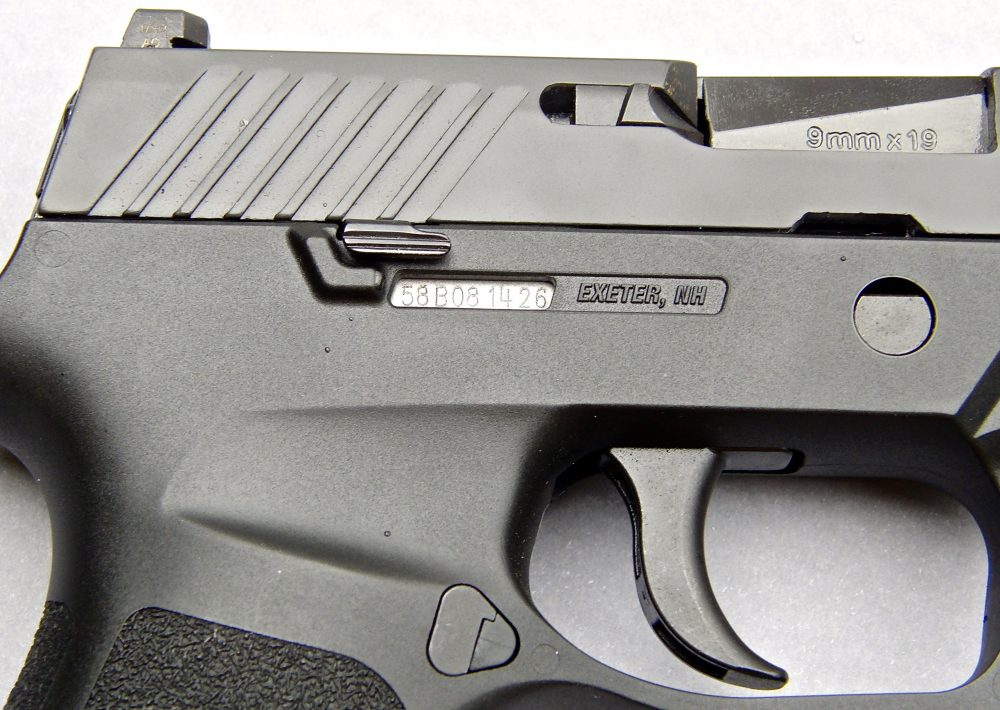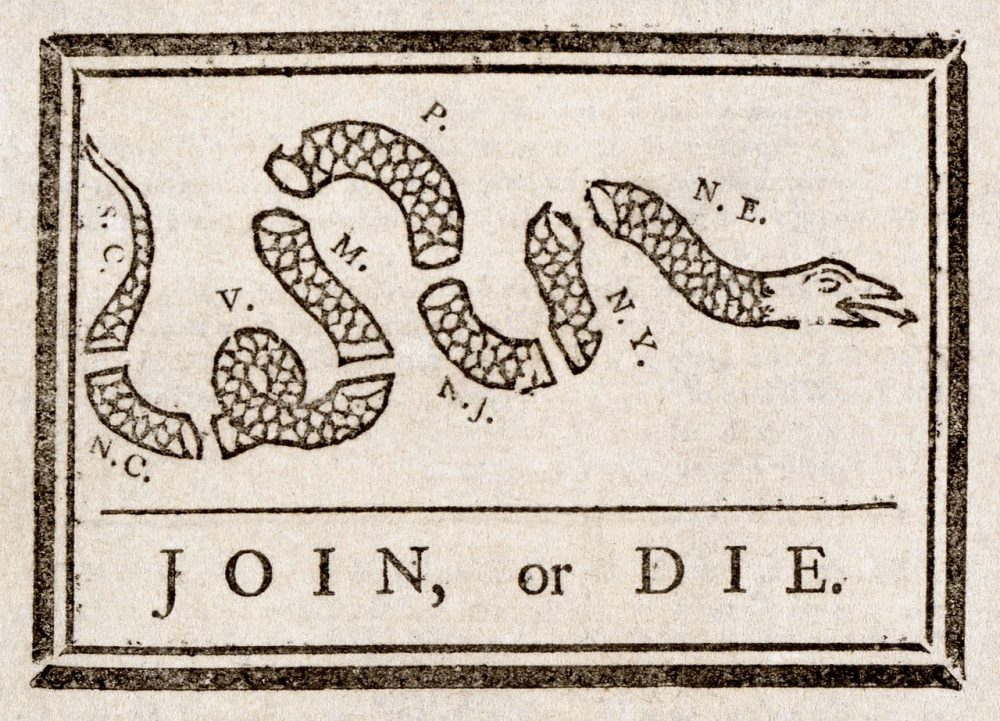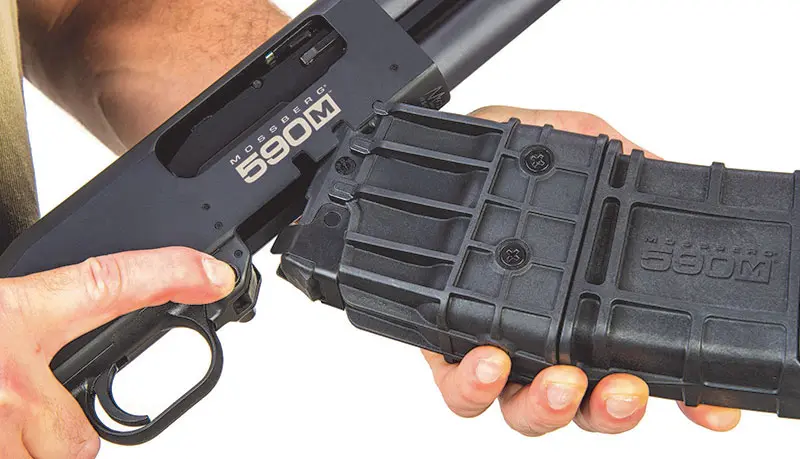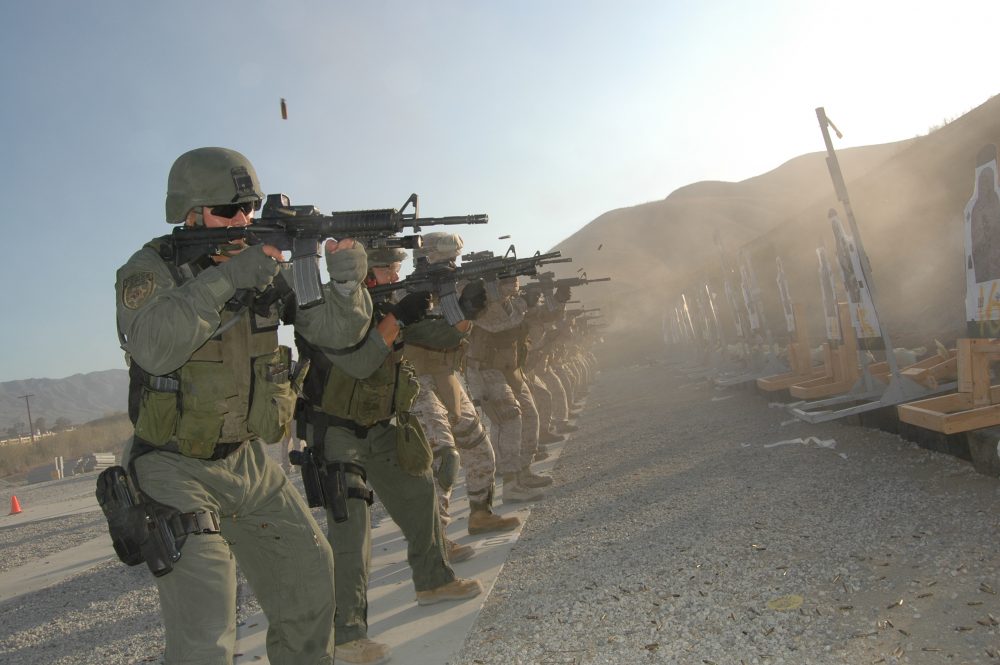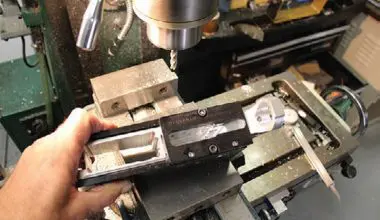SIG Sauer supplies a holster and spare magazine with each P320 or P320 Compact.
It usually doesn’t take much to get me interested in a new SIG Sauer pistol, as I have liked SIGs since I first shot a P210 many years ago. I would have been interested in the P320 in any case.
When I read through the FBI’s October 2015 Request for Proposal for a new 9x19mm pistol, I was intrigued by how closely the P320 seemed to fit the FBI’s list of criteria. I’ve been testing the P320 and P320 Compact for the last several weeks and have found they combine SIG’s usual reliability and accuracy with contemporary design.
The impetus for a 9x19mm weapon to replace the FBI .40 S&W Glock 22s and Glock 23s is based on a study using Glocks in .40 S&W and 9x19mm. Most participants in the study shot faster and more accurately with the 9x19mm Glocks.
The study also points out that the 9x19mm pistols have a higher magazine capacity and, with current premium law enforcement ammunition, terminal effect of the 9x19mm round is comparable to that of the .40 S&W cartridge.
Right side of SIG P320 (top) and P320 Compact (bottom). Relieved area in grip allows trigger finger to easily go to trigger or rest alongside grip.
Table of Contents
FBI BID SPECS
The FBI bid specs indicate that they will be looking for four types of pistol as part of the contract: Compact Pistol, Full Size Pistol, Inert Training Pistol (Red Gun), and Simunition Gun (Blue Gun).
In establishing criteria for the Compact Pistol, it is specified that it should have a barrel between 3.75 and 4.25 inches, minimum magazine capacity of 14 rounds, and night sights. The Full Size Pistol should have a barrel length between 4.26 and 5.2 inches, minimum magazine capacity of 16 rounds, and night sights.
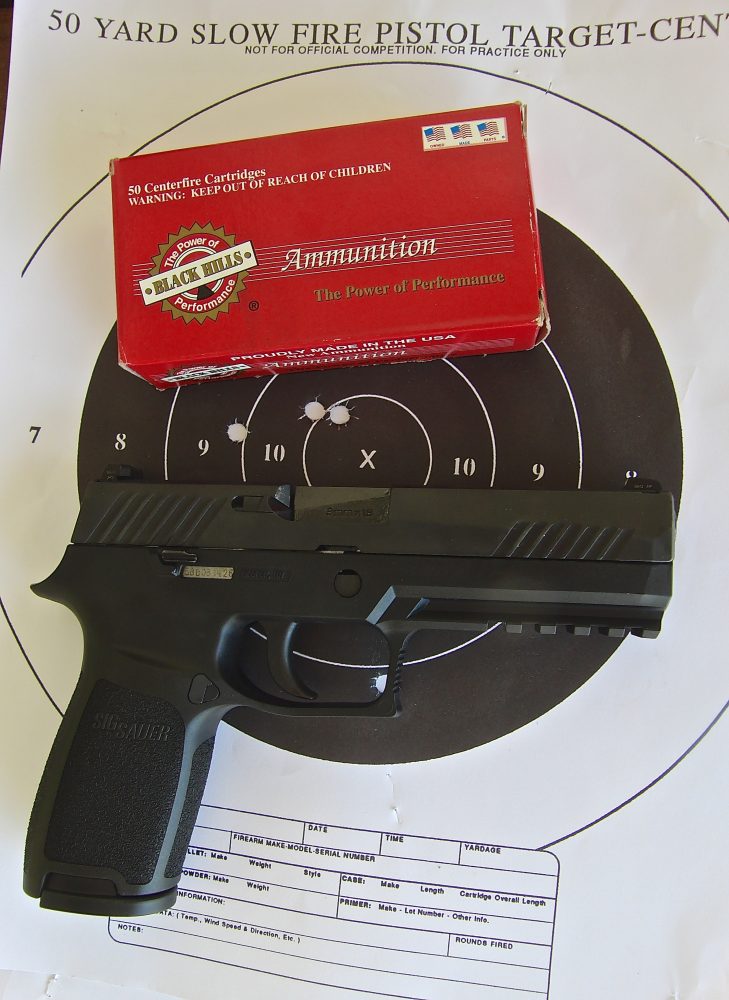
The P320 can check off those boxes easily. Barrel length of the P320 Compact is 3.9 inches and magazine capacity is 15 rounds. Barrel length of the Full Size P320 is 4.7 inches with a magazine capacity of 17 rounds. These days, SIG service pistols come standard with night sights.
Among the myriad other specs set forth by the FBI, the P320 seems to conform to virtually every one. Both the full-size and compact versions of the pistol are to have the same operating system, and the compact version should take the magazine of the full-sized version.
Magazines should have witness holes that permit checking fullness at five-round intervals. Magazines must have a floor plate removable without tools and that aids in seating the magazine, but also has a small ledge that allows grasping to extract the magazine if needed.
The P320 meets all of these criteria.
Other criteria apply to the magazine well and release. There cannot be a magazine safety. The magazine well should have a bevel to enhance reloading capability. The magazine release/catch is to be located on the frame near the juncture of the trigger guard and grip. The catch should be ambidextrous or readily capable of being moved from one side to the other. The P320’s may be switched. This catch should not be activated by downward pressure from the finger.
Bid specs also express preference—but not requirement—for availability of standard and extended magazine release buttons. Once again, the P320 meets these specs, but I’m not sure if an extended magazine release is currently available.
7/8-inch 25-yard group firing Corbon 115-grain JHP from full-sized P320.
TRIGGER AND SLIDE-STOP LEVER
Trigger specs are straightforward. The pistol should be firing pin/striker only, with no method to manually cock the pistol other than by pulling the trigger. If there is a trigger safety, it is preferred that it matches the contour of the trigger.
The trigger pull should be consistent for the first and subsequent shots, with weight of no less than four and a half, nor more than six pounds. The trigger may not be manually adjustable. The P320 meets these specs, but SIG Sauer lists the trigger pull of the P320 as between five and a half and seven pounds. Presumably, the seven pounds could be adjusted to six pounds.
Thompson fires SIG P320 Compact.
Specs for the slide-stop lever state that it should be easily engaged or disengaged by the shooter while retaining positive control of the pistol. It should be designed so the stop is unlikely to be inadvertently engaged during normal firing. The slide-stop lever should be readily operated by both right- and left-handed shooters. An ambidextrous slide-stop lever is acceptable but not required, but standard and extended slide-stop levers are required. SIG Sauer did not offer two sizes at the time the FBI bid specs were written, but could readily do so to meet the contract if awarded.
Next, the bid specs address safeties. No manual external safety, de-cocking lever or grip safety is allowed. The pistol is to have a firing pin/striker disconnector that prevents the pistol from firing when out of battery if the trigger remains held to the rear after firing.
Also required is a firing pin/striker block that requires the trigger to be pulled before the firing pin/striker moves forward. The P320 is good on all these requirements.
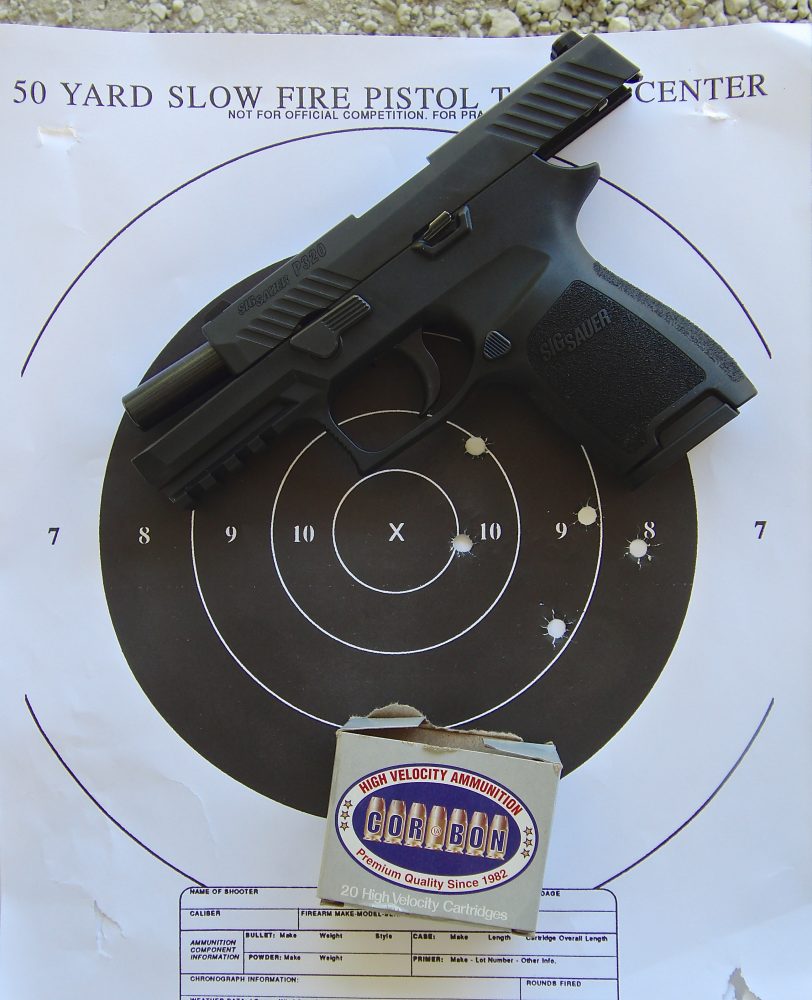
SIGHT REQUIREMENTS
Specs of the sights of the adopted pistol are extensive, so I will summarize them. They should be steel and capable of withstanding a 20,000-round endurance test. These sights should allow one-handed immediate action drills using the front edge of the rear sight to cock the pistol. Sights should be black and non-reflective.
Low-profile sights are preferred to allow ease of draw from concealment. The rear sight should have a square notch. Rear sights to be adjustable with an adjustment tool and front sight through switching out the sight. Night sights are required, green in color and with a minimum service life of ten years. The luminous portion of the sights should not be visible from the muzzle end. The specs note a preference for Trijicon HD night sights. The P320 meets these specs but uses SIGLITE night sights.
FRAME AND RECEIVER SPECS
Specs for the frame and receiver go into some detail. Finger grooves are not allowed on the frame. Frames that may be contoured to different hand sizes are also required. Area of hand contact should be non-slip for right- or left-handed shooters.
The pistol’s frame should incorporate a rail, with Picatinny preferred but not required. Grasping grooves are required on the rear of the slide and may also be on the front of the slide but are not required. The slide must fully cover the barrel, with not more than 0.25 inch of the muzzle to be exposed. A maximum of 21 pounds of force should be necessary to pull the slide all the way to the rear.
External finish should be matte black, non-reflective, and rust and salt-water corrosion resistant. Interestingly, the specs also state that Flat Dark Earth and Ranger Green versions of the pistol should be available as options. Presumably, this would be for FBI agents deployed on foreign operations.
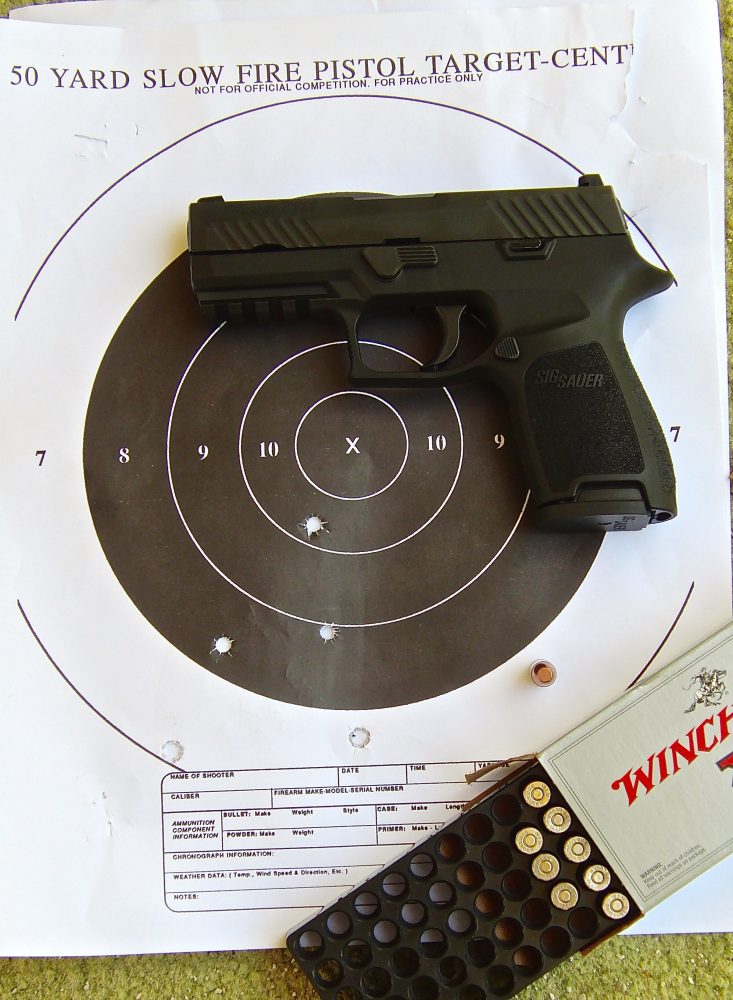
Internal parts should be polished for minimal friction and wear and should be rust and salt-water corrosion resistant. The P320 meets all these requirements.
I’ve gone into some detail to show how carefully the FBI specs have been written, but also to show many of the characteristics that I would cover in reviewing the P320 and P320 Compact. Here are my actual impressions from shooting and handling the pistols.
MY EVALUATION
The P320 incorporates the modular grip originally seen on the SIG P250. Three grip sizes are available to tailor the pistol to the individual: small, medium, and large. Unless ordered otherwise, each P320 or P320 Compact ships with the medium grip. The interchangeable grips meet the FBI specs, though the FBI has one strange requirement. Two alternate sizes are to be supplied with each pistol if the pistol uses interchangeable grip modules.
What would seem to make more sense for any agency or military unit adopting the P320 would be for armorers to have all three sizes available and to install the one that fits the shooter. For agencies with personnel of varying sizes, the ability to switch grip modules is a strong selling point.
The grips on the P320 and P320 Compact I tested are well designed. The grip panels, plus front and back straps, are roughened for a sure grip. Recesses on either side of the grip allow the thumb and trigger finger to rest comfortably, with the recesses also helping guide the trigger finger to the rest position alongside the receiver when not engaging.
SIG Sauer STL-900. P320 and P320 Compact both mount standard illuminators or pointers.
Beneath the trigger guard where it meets the grip is a slight recess to position the middle finger more securely. A slight upswept beavertail helps position the hand. Although the magazine drops free both loaded and empty, recesses on either side of the grip just above the magazine floor plate allow the magazine to be grasped to pull it free in case of a malfunction.
I carried a SIG P226 for years and, though I liked the pistol, I did find the grip a little fat. The grip of the P320 feels slimmer. Overall, the grip module is very well designed.
A key element in the modular design is the removable fire control module. A very positive feature of this module is that all parts are captive, so there is no worry they will drop out during disassembly for maintenance or when switching grip modules. Disassembly is easy using a lever on the side of the grip module, much as on the SIG P226.
But unlike the SIG P226, which uses an external hammer striking the firing pin, the P320 is striker fired. Internal safeties reset as soon as the trigger is released. The firing cycle resets the striker to fire, meaning if there is a misfire, a second pull of the trigger will not fire the pistol. The malfunction drill has to include withdrawing the slide to the rear to reset the striker.
Fire control module removed from grip of standard-size P320. It is entirely self-contained and parts are captive.
There is no magazine safety, thus allowing the pistol to be fired during a magazine change if a round is in the chamber. For an agency desiring an external safety, the P320 can be supplied with a thumb safety.
A couple of points about ergonomics are worth noting. The location of the magazine release button is convenient enough that I can drop the magazine without shifting my shooting grip. I can’t do this on many other pistols. Also there are ambidextrous slide release levers, but they are very low profile and somewhat hard to operate with the thumb.
I expect that agencies or individuals using the P320 will train to pull back and release the slide after a magazine change. This is fairly standard training, in any case. The slide stop/release lever will be used primarily to lock the slide back for disassembly or during a malfunction drill.
Rain-spattered rail on full-sized P320.
RANGE TESTING
I’ll summarize my shooting tests by saying both P320 versions I tested performed like SIGs. For me, that means they were reliable and accurate. The trigger pull takes some getting used to, as there is relatively heavy take-up initially, but is smooth just before the pistol fires. After firing a couple of magazines through the P320, I got used to the pull.
Reliability with various types of 9x19mm ammo was absolute. I had no malfunctions and even fired a full magazine through each pistol holding it upside down. I also fired one weak-hand with no problems.
I shot each of the two pistols with three different loads: Federal 147-grain indoor match, Corbon 115-grain JHP, and Black Hills 124-grain JHP. All proved accurate. About half of my shooting was done on paper at 25 yards.
With the Federal 147-grain rounds, my best group for five shots was 3 7/8 inches. A friend who was shooting with me did quite well with the Corbon 115-grain JHP, putting five rounds into 2 5/8 inches. We had some three-shot groups at 25 yards that were substantially better: ¾ inch with the P320 Compact with Black Hills 124-grain, and an inch with the P320 full-size and Corbon 115-grain.
I also fired about 50 rounds from each pistol at plates and pepper poppers between 15 and 35 yards. This helped me get used to the trigger pull and sights.
I was shooting in daylight so didn’t shoot with a light mounted, but I did mount the SIG STL-900 on the Compact Model and got the sights aligned with the laser at 15 yards. I’ll tweak the zero when I shoot with the laser.
Ambidextrous slide release lever is quite flat and difficult to operate, indicating that pulling back the slide and releasing after a mag change will be faster.
DECISIONS, DECISIONS
I like the P320 quite a bit, but as I pointed out, I’m predisposed to like SIG pistols. Both my friend and I liked the Compact Model better. I definitely would prefer it for carry. For the buyer, a nice bonus is that both P320s come with a polymer paddle holster and one spare magazine.
As far as I know, the FBI has not made a decision about their new pistol. The P320 and P320 Compact meet almost all the specs and are accurate and reliable.
The basic P320 and P320 Compact are available in other calibers as well, including 9mm, .357 SIG, .40 S&W, and .45 ACP.
Whether the FBI chooses the P320 or not, I think a lot of agencies and citizen shooters will. I certainly intend to purchase the P320 Compact.
SOURCES
SIG SAUER INC.
(603) 772-2302
www.sigsauer.com
BLACK HILLS AMMUNITION
(605) 348-5150
www.black-hills.com
CORBON
(800) 626-7266
www.corbon.com
WINCHESTER AMMUNITION
(615) 258-3340
www.winchester.com
